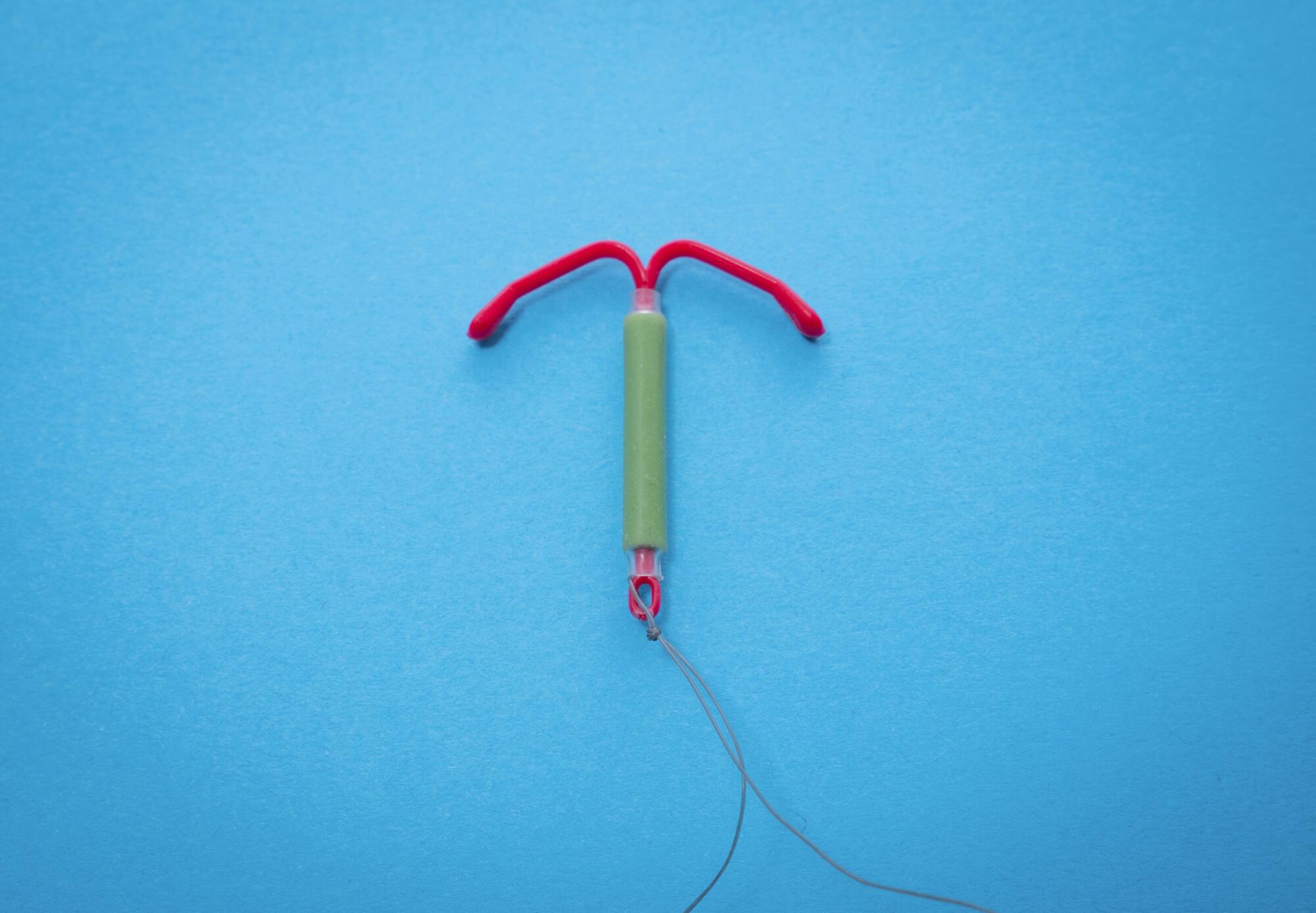
According to the CDC, it’s estimated that over 10% of women have an IUD. IUDs are an excellent form of contraceptive for many individuals because it doesn’t require regular medication or applications.
Unfortunately, they’re not without their problems. Because they require surgery, bleeding after IUD procedures is quite common. However, not all post-IUD bleeds are normal.
So how long should post-IUD bleeding last? And what should you do if you think there’s a problem? In this guide, we’ll answer these questions so you can get the help you need.
What Causes Post-IUD Bleeding?
Post-IUD bleeding occurs as your body adapts to the insertion or removal of the device. For hormonal IUDs, light spotting may happen as the body adjusts to new hormone levels.
Copper IUDs, on the other hand, can initially cause heavier bleeding due to the inflammatory response triggered by the non-hormonal device. Even things like tampons can potentially cause bleeding if you dislodge the IUD.
It’s important to distinguish between normal bleeding and signs of IUD complications. Normal post-IUD bleeding usually consists of spotting or light flows. If you experience severe pain, heavy contraceptive bleeding, or symptoms such as fever, it could indicate a more serious issue, such as infection or uterine injury.
How Long Does Post-IUD Bleeding Last?
Bleeding timelines vary depending on the individual and the type of IUD. After the IUD insertion process, spotting may last a few days to weeks. Hormonal IUD users often notice a significant decrease in bleeding over time, while copper IUD users may experience prolonged heavier periods initially.
If you’ve recently had an IUD removed, bleeding might persist for a few days as your body recalibrates. Factors like hormonal fluctuations, menstrual cycle timing, and any pre-existing conditions can also influence duration. Check out this guide to learn more about how to deal with the IUD side effects.
When Should You Be Concerned?
While post-IUD bleeding is generally harmless, certain symptoms warrant medical attention. These include:
- Bleeding that lasts longer than six weeks
- Severe or heavy bleeding requiring frequent pad changes
- Pain that doesn’t subside or intensifies over time
- Unusual symptoms like foul-smelling discharge or fever
These signs could indicate an infection, uterine perforation, or other complications. If in doubt, contact your healthcare provider promptly.
How Can You Manage Post-IUD Bleeding?
Managing post-IUD bleeding often involves simple self-care strategies. Use sanitary products like pads or liners for spotting and stay hydrated to support overall recovery. Over-the-counter pain relievers can alleviate cramping while tracking symptoms helps you monitor your progress.
If bleeding disrupts your daily life or seems abnormal, seek advice from a gynecologist specialist. They may recommend additional treatments or adjustments to ensure your comfort and safety.
Bleeding After IUD? Contact Women’s Health Associates
We hope this guide helped you learn more about bleeding after IUD. While some bleeding is to be expected, remember that it’s always better to be safe than sorry.
Luckily, we here at Women’s Health Associates have dozens of specialists ready to answer your questions and give you the care you need. So if you think you need help, make sure to get in touch with us today.

